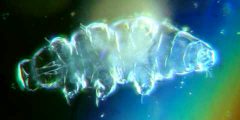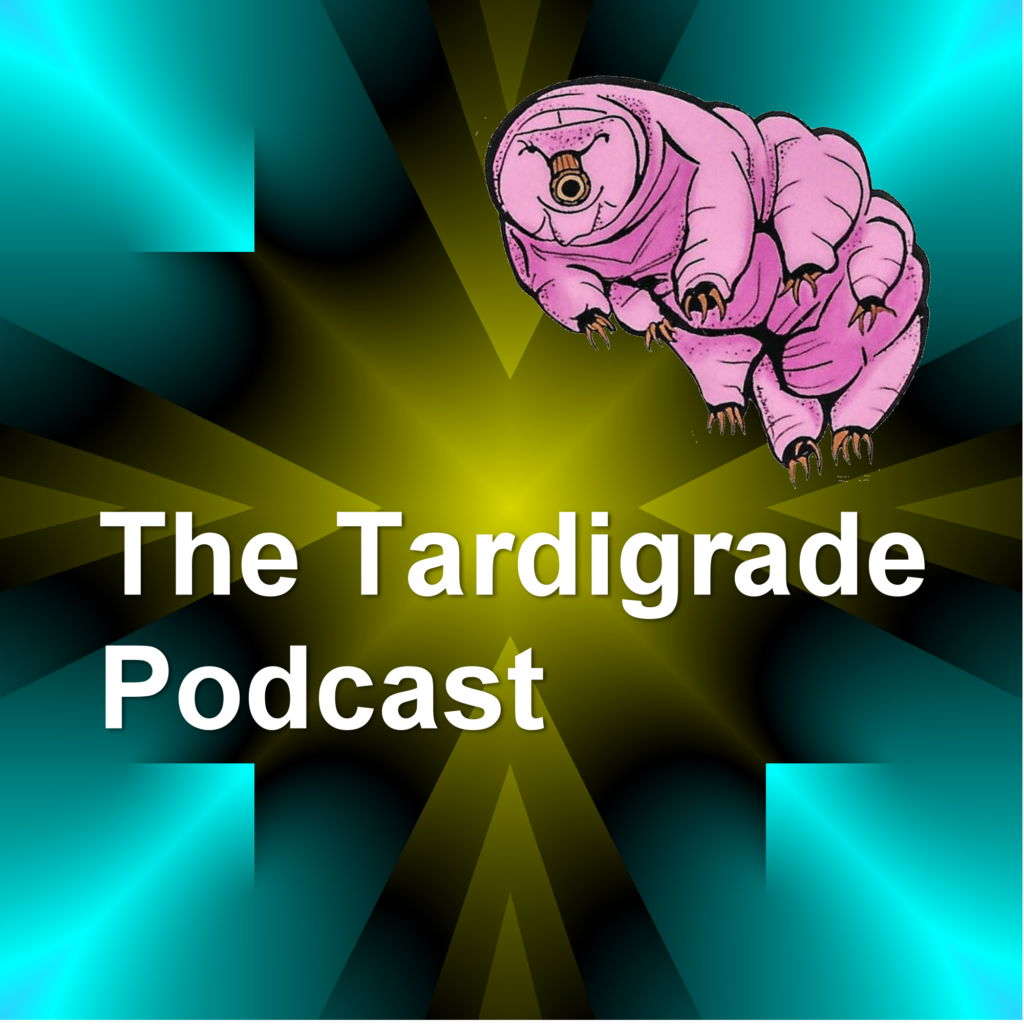NASA Sends Squids and Tardigrades to Space, Despite Watchmen, Star Trek Storylines
With its latest round of experiments, NASA isn’t heeding the potential warnings from Star Trek: Discovery’s Ripper or Watchmen’s baby squid rain.By Andrew Linington-Noble Published 1 day ago

Choosing to ignore potential warnings from the sci-fi world of Star Trek and the near-future semi-dystopia of Watchmen, NASA has launched 5,000 tardigrades, or “water bears,” and 128 baby bobtail squids to the International Space Station aboard a Space X rocket on June 3 for experimentation.
In an article for Smithsonian Magazine, experts and scientists explain the experimental reasons for bringing the tiny creatures to the Space Station. Hopefully, they can avoid creating the huge tardigrade, dubbed Ripper, that the crew of the Discovery encountered in Season 1, Episode 3 of Star Trek: Discovery. Likewise, it’s assumed they’ll avoid any mishaps that would cause the baby squids to start raining from the sky as they did across several episodes of HBO’s hit series Watchmen — or worse, that a gigantic space squid appears in New York City and wreaks havoc as it does in the original graphic novel.
On Earth, tardigrades are tiny — less than a tenth of an inch long — but are known for their nigh-invulnerability. Due to that ability to withstand the immense pressures and high radiation levels of open space, NASA scientists plan to study how their small bodies adjust to the harsh conditions and use that data to apply to humans’ own travels in space.
Thomas Boothby, the lead scientist for this experiment, provided some insight. “Spaceflight can be a really challenging environment for organisms, including humans, who have evolved to the conditions on Earth. One of the things we are really keen to do is understand how tardigrades are surviving and reproducing in these environments and whether we can learn anything about the tricks that they are using and adapt them to safeguard astronauts.”
As for the squidlets, this variety has a special glow-in-the-dark feature that is created through a symbiotic relationship with bacteria that live in their light organs. Scientists plan to study how space travel affects this relationship between the squids and the bacteria and potentially apply it to the way humans have a similar arrangement with microbes in the gut.
“Animals, including humans, rely on our microbes to maintain a healthy digestive and immune system. We do not fully understand how spaceflight alters these beneficial interactions,” explained Jamie Foster of the Understanding of Microgravity on Animal-Microbe Interactions (UMAMI) experiment. “The UMAMI experiment uses a glow-in-the-dark bobtail squid to address these important issues in animal health.”
Perhaps as a precaution against either of the fictional storylines inadvertently coming true, none of the little creatures will be returning to the planet alive. Once the experiments are complete, all the life forms will be frozen before their return trip for further study in labs back on Earth.
Reprinted from: CBR.COM https://www.cbr.com/nasa-sends-squids-tardigrades-space-watchmen-star-trek-discovery-storylines/
